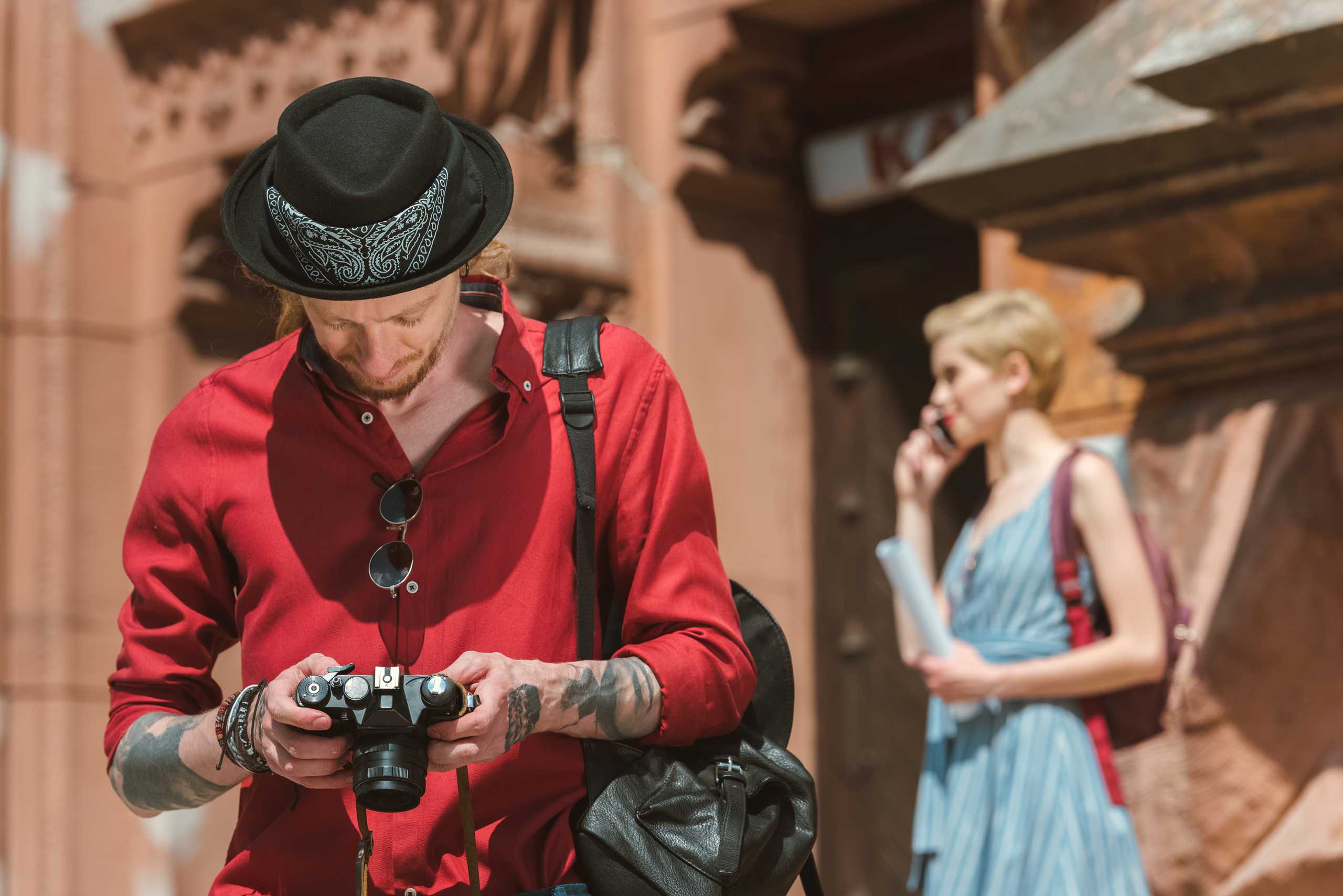Street photography is much more than pointing a camera and clicking. It’s about perception, intuition, and storytelling. To capture truly captivating moments, you must first learn to see the world in a different way — noticing the fleeting gestures, subtle light, and hidden narratives that most people pass by without a second glance.
Look Beyond the Obvious
The streets are alive with stories, but they often hide in plain sight. Developing a keen eye requires observing the interplay between people, objects, and light. Notice:
- Contrasts and Juxtapositions: The clash of old and new architecture, bright clothing against muted backgrounds, or shadowed corners next to sunlit streets creates natural tension.
- Gestures and Expressions: A passing smile, a hurried step, or a sudden glance can tell a story richer than words.
- Patterns and Shapes: Repeating lines, textures, and forms can guide the viewer’s eye and turn ordinary scenes into visual poetry.
Take your time. Don’t rush the moment. The streets will reveal their secrets to those who patiently observe.
Practice Patience and Awareness
Great street photographs rarely happen instantly. They demand immersion, attention, and the ability to anticipate.
- Observation: Spend several minutes watching a scene unfold. How do people interact? Where does the light fall? What feels fleeting yet significant?
- Anticipation: Learn to predict actions before they happen — a child about to leap, a cyclist turning the corner, a shadow stretching across the pavement.
- Presence: Let yourself feel the city’s rhythm. Hear the footsteps, the chatter, the distant horn. The more present you are, the more your photographs will capture the essence of life itself.
Remember: the camera is an extension of your perception, not a replacement for it.
Develop Your Unique Vision
While mastering technique is crucial, your personal perspective is what transforms a photo from ordinary to extraordinary. Ask yourself:
- What stories am I drawn to in this environment?
- Which emotions do I want my images to convey?
- How can I frame moments others might overlook?
Experiment with angles, compositions, and perspectives. Try capturing the same scene from multiple viewpoints. Over time, you’ll notice your photography developing a recognizable style — a visual signature that is uniquely yours.
Final Thoughts
Learning to see is a lifelong journey. Every street walk, every snapshot, every encounter with the unexpected is an opportunity to refine your eye, tell richer stories, and connect with the world in a deeper way.
With curiosity, patience, and a willingness to look closer, you’ll discover the hidden poetry of urban life — and through your lens, the city will come alive in ways you never imagined.

